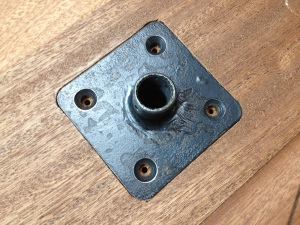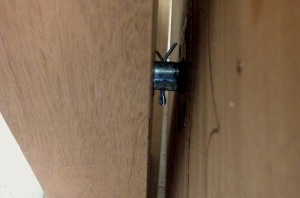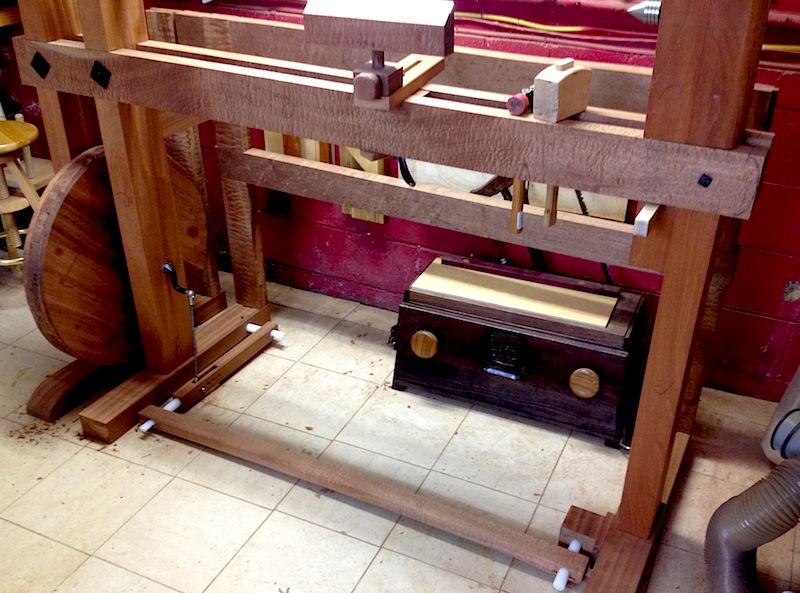Happy Accidents Make You Look Smart
 Have you ever been working on a project only to realize too late that you should have done something but didn’t. The big one that always gets me is remembering that I should have drilled the larger counterbored hole before drilling the smaller diameter hole. There is little you can do to fix it (easily anyway) and you kick yourself that you didn’t plan ahead a little better.
Have you ever been working on a project only to realize too late that you should have done something but didn’t. The big one that always gets me is remembering that I should have drilled the larger counterbored hole before drilling the smaller diameter hole. There is little you can do to fix it (easily anyway) and you kick yourself that you didn’t plan ahead a little better.
Sometimes though, these little accidents work out for the better and you end up looking prescient and brilliant. This happened to me lately and I could take credit for planning ahead on a tiny detail that results in a more stable and durable project, but then what would have I have write about?
I’m finishing up my treadle lathe (literally, first coat is drying now) and it is one of those builds where everything comes together at once and you hope and pray that it all fits and runs smoothly when it does. My flywheel is massive and it connect to the crank arm via square flange plates on each face. These plates are inlaid into the face of the wheel and each has a single hole through which a cotter pin pierces the axle to lock the whole wheel in place. I designed this mechanism so that should anything fail over the years, it will be the cotter pin that can be replaced for 10 cents. So here is the happy accident. When I inlaid the plates I paid no attention to where that hole through the flange was located. The plates are essentially square but since they are hand forged, not exactly. In other words each of them was uniquely located and rotating them 90 degrees would probably result in a gappy fit. So I scribed around them and chopped and pared away the waste then fitted the plates in place, securing them with 4 screws each. What I didn’t realize at the time was that I had inlaid the cotter pin holes at right angles to each other. Now umpteen steps later once everything is installed and the wheel is running true, when I inserted the cotter pins I realized that they essentially lock each other in place taking up any slack caused by the pins being of a smaller diameter than their holes through the flange.
I was prepared for a little bit of slop and I got it with a single pin installed. One the second one went in it crossed the line of the first and removed any movement at all making for a rock solid connection from wheel to axle and no spilled energy during operation. It seems so simple in hindsight yet yields a very positive change at the end of the project. Pure accidental dumb luck! Unfortunately now if karma holds true my next accident will not be so lucky.




